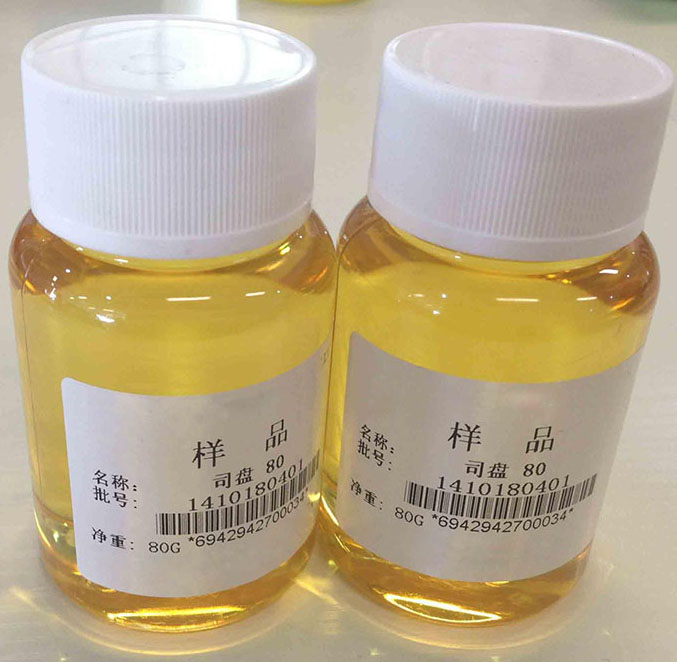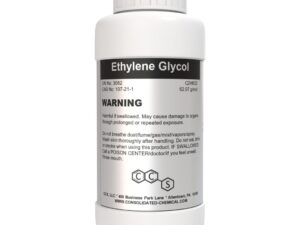Description
Sorbitan Esters: The Unsung Heroes of Emulsification and Beyond
Sorbitan esters, often overlooked in consumer ingredient lists, are a versatile group of non-ionic surfactants playing a crucial role in various industries, from food and cosmetics to pharmaceuticals and textiles. These compounds, derived from sorbitol and fatty acids, offer a range of properties that make them essential for creating stable and effective products.
What are Sorbitan Esters?
Sorbitan esters are formed by esterifying sorbitol, a sugar alcohol, with one or more fatty acids. The specific fatty acid used, such as lauric, palmitic, stearic, or oleic acid, determines the characteristics of the resulting ester and its applications. Common examples include:
- Sorbitan Monostearate (SMS, E491): Provides good oil-in-water emulsification and is often used in baked goods and confectionery.
- Sorbitan Monooleate (SMO): Effective water-in-oil emulsifier and used in cosmetics, lubricants, and textiles.
- Sorbitan Monolaurate (SML): Exhibits antimicrobial properties and finds applications in food preservation and personal care products.
- Sorbitan Trioleate (STO): Acts as a powerful lubricant and emulsifier in industrial applications.
Key Properties and Benefits:
Sorbitan esters owe their widespread use to a combination of desirable properties:
- Emulsification: They excel at stabilizing mixtures of oil and water, preventing separation and ensuring a homogenous product. This is crucial in applications like salad dressings, lotions, and paints.
- Non-ionic Nature: Their non-ionic nature makes them compatible with a wide range of other ingredients, including both anionic and cationic surfactants, without interfering with their effectiveness.
- Stability: Sorbitan esters are generally stable over a wide pH range and temperature, making them suitable for diverse applications.
- Low Toxicity: They are considered relatively non-toxic and are generally recognized as safe (GRAS) by regulatory bodies for use in food and cosmetics, within specified limits.
- Versatility: Their ability to act as emulsifiers, stabilizers, and texture modifiers makes them incredibly versatile across various industries.
Applications Across Industries:
The diverse properties of sorbitan esters contribute to their use in numerous industries:
- Food Industry: Act as emulsifiers in bakery products, ice cream, chocolate, and salad dressings, improving texture, stability, and shelf life.
- Cosmetics and Personal Care: Used in lotions, creams, shampoos, and sunscreens to emulsify oils and water, creating smooth and stable formulations.
- Pharmaceuticals: Employed in ointments, creams, and suspensions to improve drug delivery and stability.
- Textile Industry: Used as lubricating agents, emulsifiers for dyes, and antistatic agents.
- Agriculture: Employed in pesticide formulations and agricultural emulsions to improve their dispersion and effectiveness.
- Industrial Applications: Used as corrosion inhibitors, lubricants, and emulsifiers in various industrial processes.
Polysorbates: A Close Relative:
It’s important to note the close relationship between sorbitan esters and polysorbates. Polysorbates are ethoxylated derivatives of sorbitan esters, meaning they have been modified with ethylene oxide. This process increases their water solubility and enhances their emulsifying properties, particularly for oil-in-water emulsions. While both are valuable emulsifiers, they are often used in combination to achieve optimal stability and texture in formulations.
Conclusion:
Sorbitan esters are indispensable ingredients that play a crucial role in creating stable, effective, and appealing products across a multitude of industries. While they may not be a household name, their contributions to the quality and performance of everyday products cannot be overstated. From the creamy texture of your favorite lotion to the evenly distributed cocoa butter in your chocolate bar, sorbitan esters are quietly working behind the scenes, ensuring a superior consumer experience. Understanding their properties and applications is key to appreciating the science behind many of the products we use daily.












Reviews
There are no reviews yet.